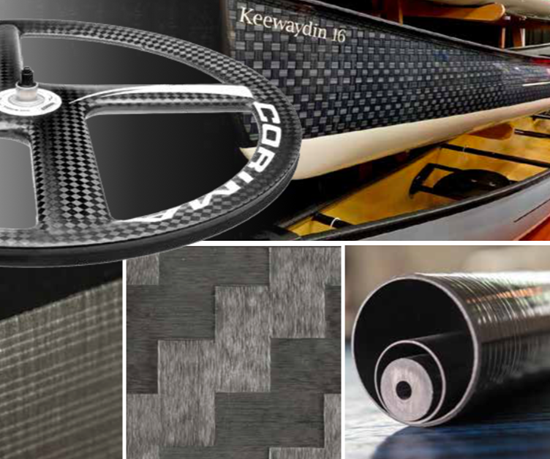Infrared image analysis was used to determine the emissivity of the composite.
Thermal conductivity carbon fiber laminate.
Starting with thermal conductivity components for the individual continuous unidirectional fiber reinforced lamina or ply a method has been developed to determine global conductivities in a laminated carbon carbon composite.
A bi experiment inverse method combining fe modeling and steady state temperature measurements on a heated test piece was used to characterize the thermal conductivity.
Emissivity and thermal conductivity of carbon fiber epoxy laminates were characterized beforehand.
Assuming that all laminae are identical in thickness and in fiber content effective thermal conductivity in each global direction is determined for the laminated composite.
The thermal conductivity of a sample with laminate plys in the configuration 45 90 0 3 90 45 has also been measured.
On the other hand these fillers may bridge continuous carbon fiber reinforcements to transfer heat more effectively or directly form continuous through thickness conductive network.
On the one hand these carbonaceous fillers possess high thermal conductivity which act as functional component to enhance the thermal conductivity of composite laminate.
The in plane thermal conductivity of cfrp is expected to attain to 120 w m k thermal conductivity of 2024 t3 aluminum alloys is about 120 w m k in the satellite structure.
For the multidirectional sample the thermal conductivity ranges from 0 22 w mk at 5 7 k to 2 98 w mk.
However the thermal conductivities of these cfrp materials are generally poor due to low axial thermal conductivity of pan based carbon fiber which greatly limits their application in the satellite structure panels.
Furthermore cfrp composites containing 20 wt graphene nanoplatelets gnps were found to exhibit an excellent thermal conductivity of 13 7 w m k.

